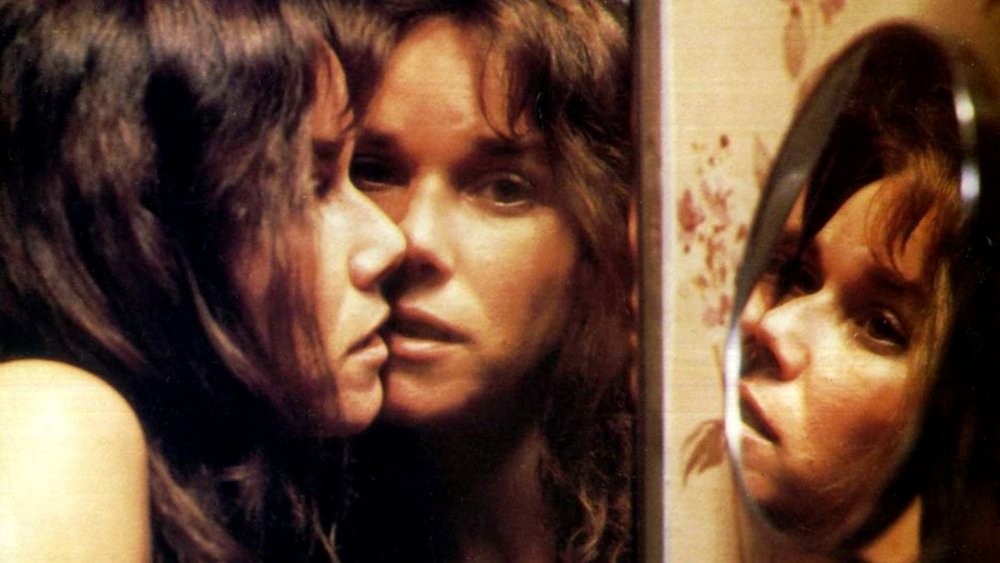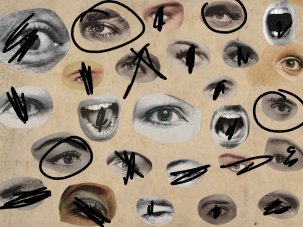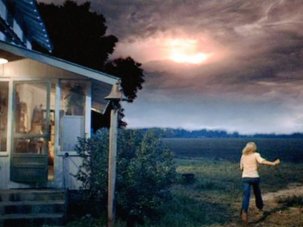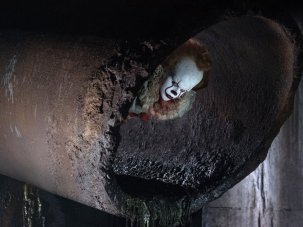Whatever reputation Sidney J. Furie’s The Entity has today is primarily due to the championing of Martin Scorsese, who included it on a list of the scariest movies ever made, and Peter Tscherkassky, whose found footage shorts Outer Space (2000) and Dream Work (2002) were derived from it. Critically, The Entity is generally regarded as a somewhat sleazy mainstream horror film. Yet it remains a distinguished intervention in a genre whose assumptions it at every point resists.
The Entity’s protagonist is Carla Moran (Barbara Hershey), a woman who undergoes a series of assaults, many of them overtly sexual, by what appears to be a ghost. After failing to convince psychiatrist Phil Sneiderman (Ron Silver) that her abuser is real, Carla enlists the help of a team of parapsychologists, who set a trap for the entity by creating a reproduction of Carla’s home inside a university gym. The entity escapes, and when Carla returns to her house, she hears a male voice taunting her.
One might usefully compare The Entity with Steven Spielberg’s E.T. the Extra-Terrestrial, since the resemblances between these films (even their titles mirror each other) are so extensive that one plot synopsis will suffice for both: a single mother living with her three children (two girls and a boy in the Furie, two boys and a girl in the Spielberg) finds that her house has been occupied by a ‘magical’ being which figuratively substitutes for the absent father. Scientists set up a secure unit to study the intruder, who eventually seems to depart, though only after insisting it will continue to be present in some form (“I’ll be right here”).
Tempting as it might be to regard The Entity as a critique of E.T., there is no question of direct influence; though Spielberg’s film was released (on 10 June 1982) several months before Furie’s (which opened in the UK on 30 September 1982, appearing in America on 4 February 1983), it was actually shot slightly later (The Entity is copyrighted 1981, E.T. 1982). The overlaps between these projects nonetheless tell us a great deal about masculinity in Reagan’s America: there was evidently a large audience for a conservative fairytale about a benevolent male intruder whose departing message to a female character is “Be good”, and little interest in a work depicting the intruder as a vicious misogynist whose final words are “Welcome home, cunt”.
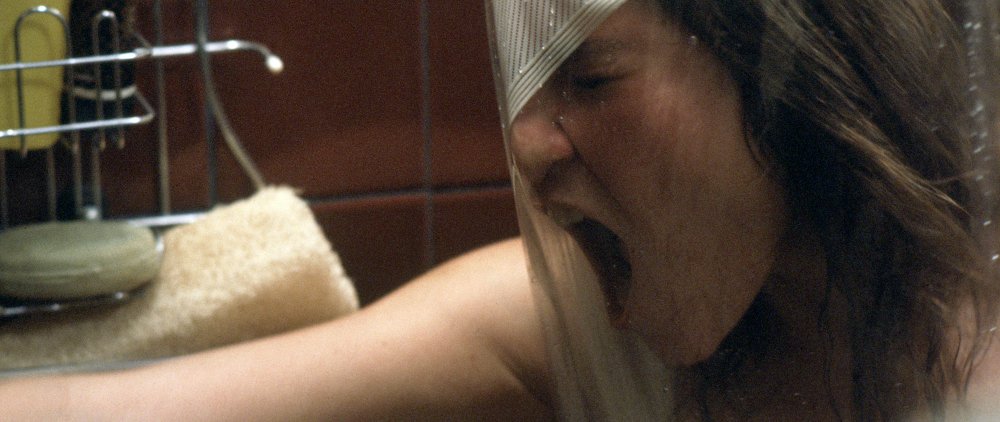
Barbara Hershey as Carla Moran in The Entity
Carla’s attempts to convince onlookers that the sexual assaults she is enduring are not products of her imagination certainly resonate in an era which has seen the birth of the #MeToo movement. But it is through the film’s relationship with a much older movement, the Gothic, that one can best grasp The Entity’s achievement.
The Gothic is centrally concerned with definitions of Evil: is Evil something that has an objective existence in nature, or merely a label society subjectively applies to energies of which it disapproves? Gothic texts usually hold such questions in abeyance, and even when coming down on the side of objectivity (as, for example, in The Exorcist), they tend to leave us with a feeling of disturbance, a suspicion that the solution offered is unsatisfying. Purportedly Gothic narratives that favour subjectivity, such as Michael Reeves’ Witchfinder General (1968) and George A. Romero’s Martin (1976), can only do so by positioning themselves outside the genre. The Gothic thus enables the articulation of ideas that would otherwise be literally unthinkable, but imposes stringent restrictions upon these articulations: non-reproductive sexuality can neither be condemned as the Devil’s work nor unambiguously celebrated.
What makes The Entity so fascinating is its attempt to redefine the Gothic. In our postmodern culture, artworks of the past are often dismissed from a position of lofty superiority: surely we no longer need a highly coded set of conventions derived from 18th-century literature in order to deny that sexual desires are evil; hopefully we can now express our opposition to such attitudes without resorting to subterfuge. The Entity adopts a more nuanced perspective, admitting that the Gothic may be exhausted while remaining open to the possibility that it could still be used to interrogate patriarchal definitions of reality.
Which is to say that Furie neither accepts the terms of the genre, nor emphatically rejects them. Much of his film is concerned with the question of whether or not the being attacking Carla is authentic, as the parapsychologists believe, or a projection of Carla’s fantasies, as Dr. Sneiderman insists. Yet Furie seems less interested in resolving this dispute than in approaching it from a fresh angle. The entity has a concrete existence, but, pace the parapsychologists, it also has a symbolic function as an embodiment of external/objective masculine violence (and not, as Dr. Sneiderman assumes, as a product of Carla’s internal/subjective repressed sexuality). The parapsychologists view Carla’s experiences as real, but misunderstand the nature of that reality, while Dr. Sneiderman views his patient’s experiences as symbolic, but misunderstands the nature of that symbolism.
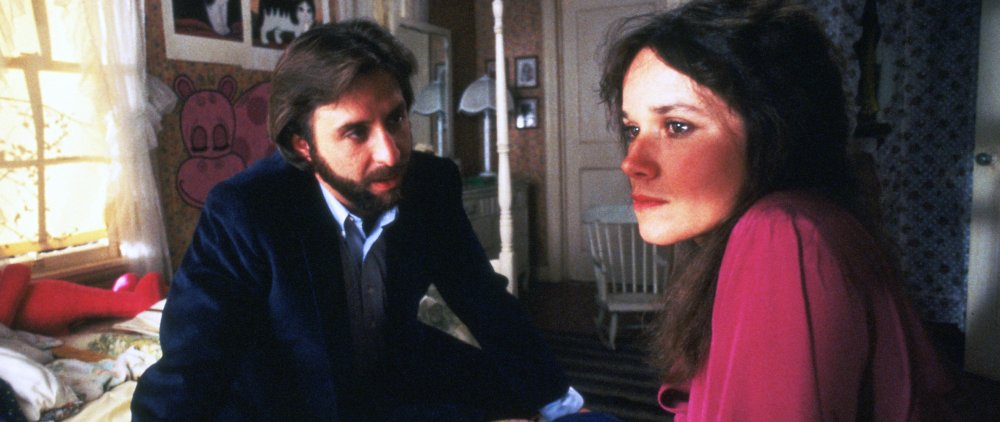
Carla and Dr. Sneiderman, played by Ron Silver
Sneiderman, whose sympathetic demeanour is undercut by the way Furie shoots him in menacing close-ups, has little to offer Carla beyond a reiteration of E.T.’s “be good” (his function as her eventual rescuer is laughably perfunctory), and there is another echo of Spielberg’s film in the way our first clear glimpse of an adult male is delayed for almost 30 minutes; Carla is introduced addressing a man who exists only as a voice and a silhouette, and following the initial attack she takes refuge with her friend Cindy, whose husband, George, remains in an offscreen bedroom, from which he can be heard petulantly complaining. In this George is linked with the entity, another male whose voice issues from an offscreen space, and the film is quite explicit in the connections it makes between this ghostly abuser, Dr. Sneiderman, and the parapsychologists, all of whom perceive Carla as less an individual than a means of furthering their own ends, satisfying their own needs.
Carla’s realisation that she cannot expect constructive support from either of the groups competing for the role of her saviour motivates her decision to simply walk away from the whole mess, abandoning the house that has been the site of her abuse. It is here that the film’s two levels again come into conflict; Carla may be able to leave the building that represents patriarchy, but patriarchy is still very much present in the real world. Carla’s fate is as uncertain as that of Ethan Edwards (John Wayne) after he makes a similar gesture at the end of John Ford’s The Searchers (1956), and The Entity’s closing shots accompany a rolling text which, by asserting that we have been watching “a fictionalised account of a true incident”, merely underlines the uncertainty.
This is a film wherein the real and the symbolic fail to align – indeed, a film which is emphatically about such misalignments. If the concluding text (“The real Carla Moran is today living in Texas with her children. The attacks, though decreased in both frequency and intensity… continue”) has the effect of rendering The Entity’s various strands – narrative, psychological, symbolic, supernatural – so unresolved as to be virtually meaningless, this is less a flaw than a sign of Furie’s ambitions.
In the June 2018 issue
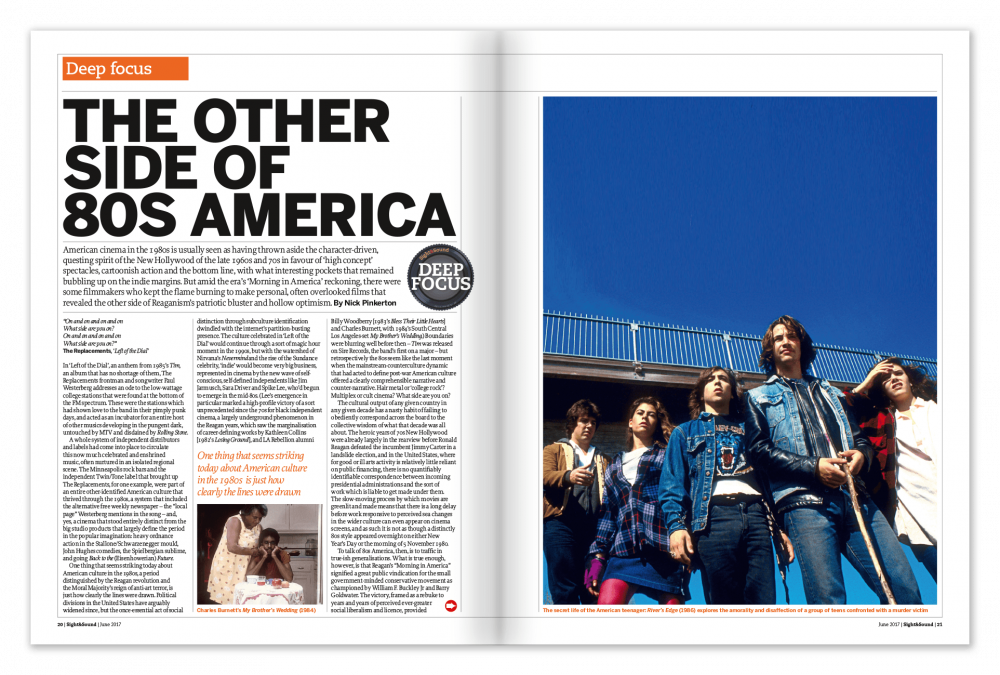
The other side of 80s America
American cinema in the 1980s is usually seen as having thrown aside the character-driven, questing spirit of the New Hollywood of the late 1960s and 70s in favour of ‘high concept’ spectacles, cartoonish action and the bottom line, with what interesting pockets that remained bubbling up on the indie margins. But amid the era’s ‘Morning in America’ reckoning, there were some filmmakers who kept the flame burning to make personal, often overlooked films that revealed the other side of Reaganism’s patriotic bluster and hollow optimism. By Nick Pinkerton.
+ A nightmare on Main Street
Behind the façade of 80s corporate cinema, low-budget upstarts were making genre movies that exposed the underbelly of Reaganomics. By Anne Billson.
-
The Digital Edition and Archive quick link
Log in here to your digital edition and archive subscription, take a look at the packages on offer and buy a subscription.




